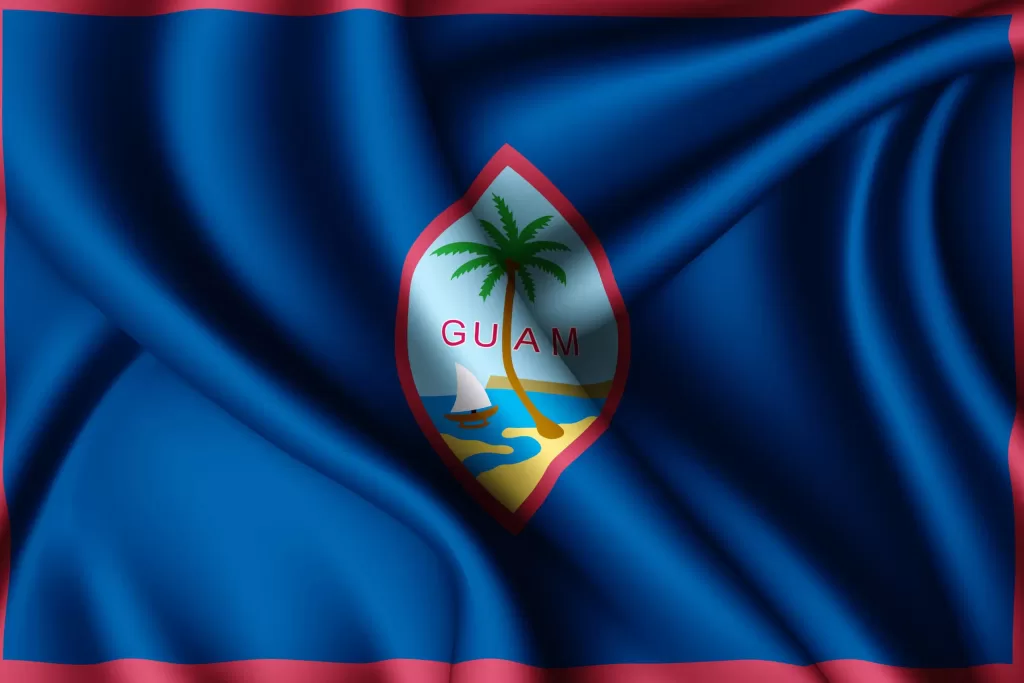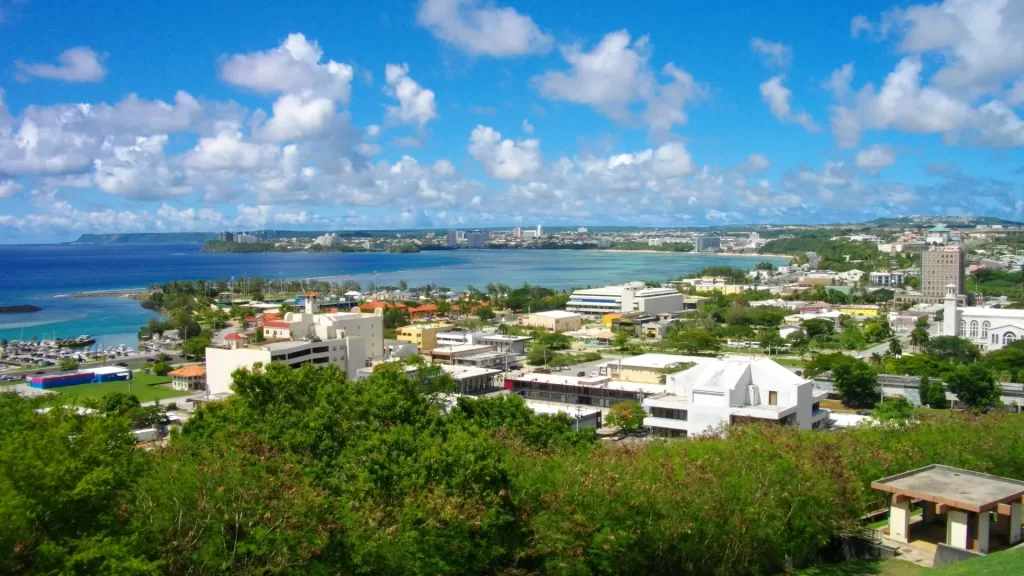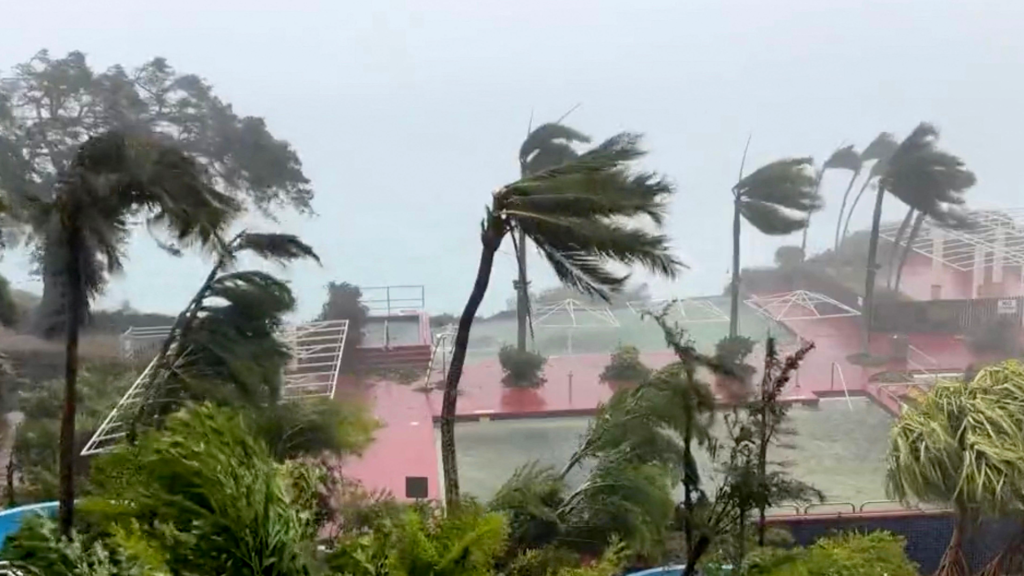Guam Country Report

Guam, a U.S. territory located in the western Pacific Ocean, is known for its stunning natural beauty, rich cultural heritage, and strategic military importance. The island’s capital, Hagåtña (formerly Agana), serves as the administrative and commercial hub. Guam’s economy is driven primarily by tourism, military spending, and government services. The island’s diverse population reflects its history of colonization and migration, with Chamorro culture being predominant. Guam’s political status as an unincorporated territory of the United States means that it is governed by U.S. federal laws and regulations, with a locally elected Governor overseeing local administration. The U.S. military maintains a significant presence on the island, with bases such as Andersen Air Force Base and Naval Base Guam playing crucial roles in regional security and defense. Despite its small size, Guam’s geopolitical significance and cultural richness make it a unique and dynamic destination in the Pacific.
Last updated: April 13, 2022
Security
Security is a significant aspect of Guam’s governance due to its strategic military importance and regional geopolitical dynamics. The island hosts key U.S. military installations, including Andersen Air Force Base and Naval Base Guam, which play crucial roles in maintaining regional security and stability. Guam’s proximity to potential geopolitical flashpoints, such as the Korean Peninsula and the South China Sea, underscores its strategic significance. The local government collaborates closely with the U.S. military to ensure the safety and security of the island’s residents and military personnel. Additionally, Guam’s law enforcement agencies work diligently to address local security concerns, including crime prevention and emergency response. Overall, Guam maintains a vigilant approach to security to safeguard its residents, military assets, and strategic interests in the Pacific region.
Last updated: October 1, 2021
Infrastructure

Guam boasts a relatively modern and well-developed infrastructure, particularly in comparison to many other Pacific islands. The island has a network of well-maintained roads and highways that connect its major towns and villages. The Antonio B. Won Pat International Airport serves as the main gateway for air travel, offering connections to various destinations in the Asia-Pacific region and beyond. Additionally, Guam’s deep-water ports facilitate maritime transportation and trade. The island also has modern telecommunications and internet infrastructure, providing residents and businesses with reliable connectivity. Guam’s infrastructure is supported by ongoing investments from both the local government and the U.S. military, given the island’s strategic importance in the region. Overall, Guam’s infrastructure plays a vital role in supporting its economy, tourism industry, and military operations.
Last updated: October 1, 2021
Environment

Guam’s environment is characterized by its diverse natural landscapes, including lush rainforests, pristine beaches, and coral reefs. The island’s tropical climate supports a rich biodiversity, with numerous plant and animal species endemic to the region. However, Guam faces environmental challenges, including habitat loss, deforestation, and pollution from urban development and agricultural activities. Invasive species, such as the brown tree snake, have also had a significant impact on Guam’s ecosystem, threatening native wildlife. Climate change poses additional risks, including rising sea levels and more frequent extreme weather events. Efforts to address these environmental challenges include conservation initiatives, habitat restoration projects, and regulations to mitigate pollution and protect endangered species. Guam’s unique natural heritage is essential to its identity and tourism industry, making environmental preservation a priority for the island’s government and local communities.
Last updated: April 21, 2023
Health and Medical
Guam’s healthcare system provides essential medical services to its residents, with facilities and professionals meeting U.S. standards. The island has modern hospitals and clinics, along with access to specialized care. However, challenges such as limited resources and specialized services may require residents to seek medical treatment off-island for certain conditions. Overall, Guam’s healthcare system plays a crucial role in promoting the well-being of its population, with efforts to address healthcare gaps ongoing.
Last updated: May 12, 2023
Political
Politically, Guam is an unincorporated territory of the United States, meaning it is governed by U.S. federal laws and regulations. The island has a locally elected Governor who oversees local administration, along with a territorial legislature responsible for enacting local laws. While Guam has its own government, ultimate authority rests with the U.S. federal government in Washington, D.C. The island’s political status and representation in the U.S. Congress are subjects of ongoing debate and advocacy among its residents. Overall, Guam’s political landscape is shaped by its unique status as a U.S. territory in the Pacific.
Last updated: October 1, 2021















